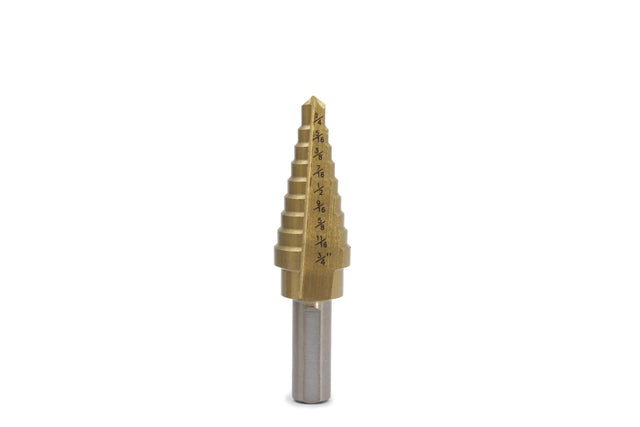Mastering Precision and Versatility: The Ultimate Guide to Step Bit Drill Bits
When it comes to tackling a wide range of drilling tasks, few tools offer the same level of versatility and precision as the step bit drill bit. This innovative tool has become a staple in workshops and job sites around the world, prized for its ability to create multiple hole sizes with just one bit. Understanding the features, benefits, and applications of step bits can significantly enhance your drilling experience and overall project efficiency.
At first glance, a step bit might seem like just another drill bit, but its design and functionality set it apart. Unlike traditional drill bits, which are typically single-diameter and require changing bits to achieve different hole sizes, a step bit boasts a series of progressively larger diameters. This stepped design allows for incremental drilling without the need to switch out bits, making it a game-changer for both professionals and DIY enthusiasts.
The key to the step bit's versatility lies in its unique construction. Made from high-speed steel (HSS) or cobalt, step bits are built to withstand the high temperatures and stresses encountered during drilling. The bit's conical shape features a series of graduated steps, each representing a different diameter. As the bit drills deeper, the step size increases, allowing for precise control over the final hole size. This design not only simplifies the drilling process but also ensures cleaner, more accurate holes.
One of the primary advantages of using a step bit is the reduction in the number of tools required. In traditional drilling, achieving various hole sizes necessitates a set of different bits and possibly additional accessories, such as hole saws or reamers. With a step bit, you can efficiently drill multiple sizes with a single tool, saving time and minimizing the need for frequent bit changes. This streamlined approach is particularly beneficial for tasks involving sheet metal, plastic, or thin materials, where quick and precise hole creation is essential.
Step bits are also renowned for their ability to produce clean, smooth holes. The gradual increase in diameter reduces the risk of tearing or deforming the material, resulting in a more professional finish. This is particularly important when working with materials that are prone to chipping or cracking, such as certain plastics or delicate metals. By using a step bit, you can achieve a clean cut with minimal effort, enhancing the overall quality of your work.
Another notable benefit of step bits is their efficiency in drilling through multiple layers of material. Traditional bits may struggle with layered or thicker materials, often requiring additional adjustments or extended drilling time. The conical shape of a step bit allows it to smoothly transition through different thicknesses, making it ideal for applications such as creating holes in stacked materials or working with composite materials.
The versatility of step bits extends beyond just drilling holes. Many users find them invaluable for tasks such as deburring, countersinking, or enlarging existing holes. For example, if you need to smooth out the edges of a drilled hole or create a counterbore for a screw head, a step bit can accomplish these tasks with precision. This multifunctionality makes step bits a valuable addition to any toolkit, offering a range of capabilities beyond basic drilling.
When selecting a step bit, it's important to consider factors such as material, size range, and coating. High-speed steel (HSS) step bits are commonly used and offer good durability and heat resistance. For more demanding applications, cobalt step bits provide additional strength and heat resistance, making them suitable for harder materials like stainless steel. Additionally, some step bits feature coatings such as titanium or black oxide, which enhance their hardness and reduce friction, further extending their lifespan.
Proper usage and maintenance of step bits are crucial for ensuring optimal performance and longevity. To achieve the best results, use the step bit at a slow to moderate speed, especially when working with harder materials. Applying consistent, moderate pressure will help prevent overheating and prolong the life of the bit. Additionally, keeping the bit clean and free of debris will help maintain its cutting efficiency. For best results, periodically sharpen the step bit or replace it when it becomes worn to ensure continued precision and performance.
In summary, the step bit drill bit stands out as a versatile and efficient tool for a wide range of drilling tasks. Its unique stepped design allows for multiple hole sizes with a single bit, streamlining the drilling process and reducing the need for frequent tool changes. With its ability to produce clean, accurate holes and handle various materials and thicknesses, the step bit is an invaluable asset for both professionals and DIY enthusiasts. Whether you're working on a metal fabrication project, a home improvement task, or a creative DIY endeavor, investing in a high-quality step bit can enhance your drilling capabilities and improve the overall quality of your work.
